CCRR-Lab
Climate Change Risk and Resilience Lab
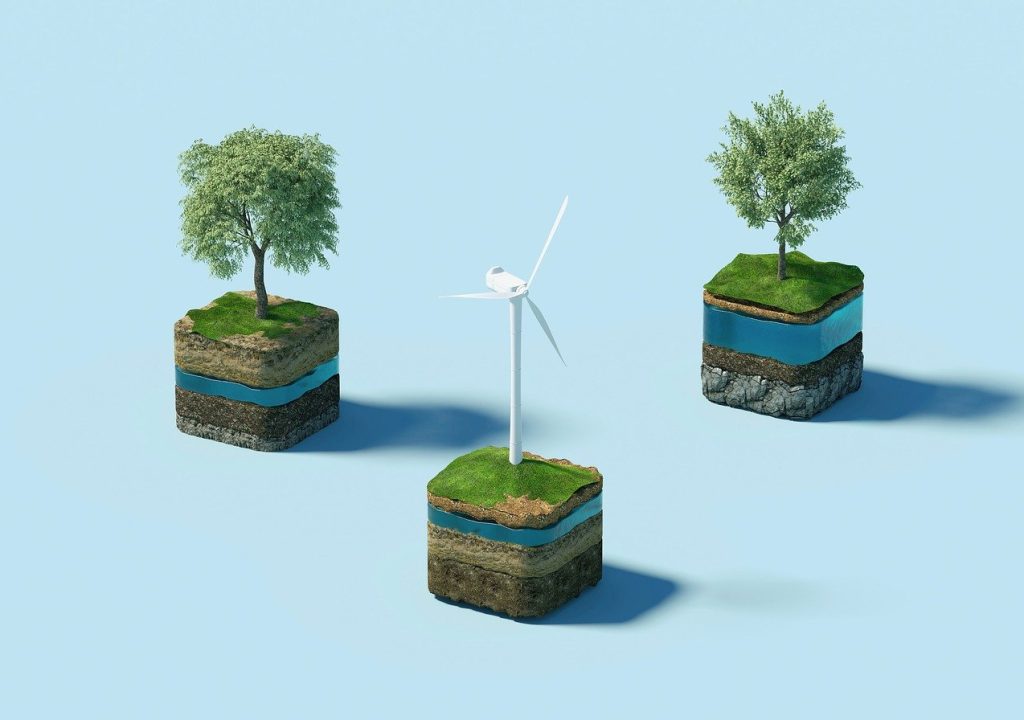
Our mission
Territorial risks and climate change pervasively affect the territories and require solutions that take decades to complete, such as the decarbonisation of the economy, the reduction of territorial risks, the increase in response capacity and recovery from catastrophic events.
Planning and design play a central role in reducing the danger, exposure and vulnerability of these phenomena.
A systemic vision is adopted characterized by an integrated approach to solutions that takes into account the multi scalar quantity, multi-dimensionality and temporal dynamics of the phenomena.
Our topics
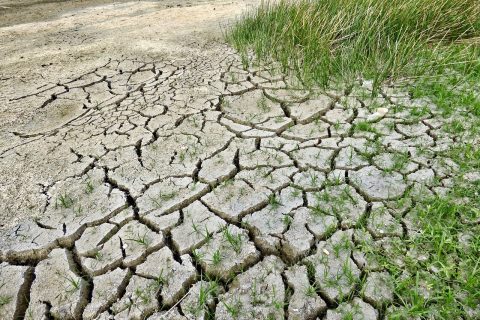
Climate change
The mitigation and adaptation of which requires global and local policies, strategies, actions and solutions for at least the next 40 years
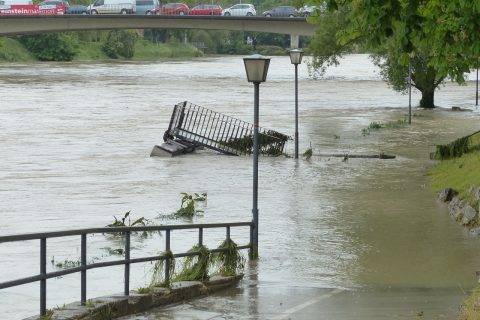
Risks
The main effects of climate change on urban areas, such as floods, floods and heat waves, are considered through the methods of risk analysis

Resilience
Whose approach to territorial problems favors the integration between climate change mitigation/adaptation strategies and territorial risk prevention and management measures
What we do
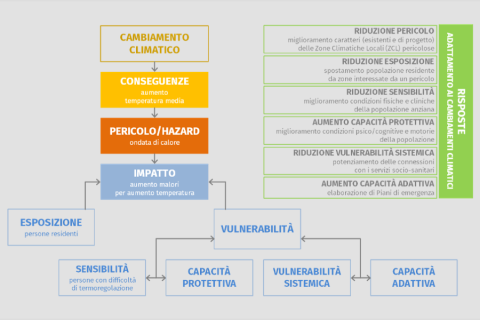
Mitigation and adaptation strategies to climate change
We develop strategies, plans and programs for mitigation and adaptation to climate change. To improve the effectiveness of these tools, we use the methods of managing territorial risks and material-energy flows and consider ordinary and emergency periods.
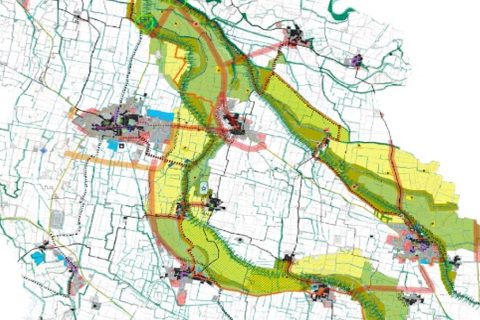
Territorial and urban plans
We develop territorial, urban and implementation studies and plans whose approach and solutions are aimed at achieving better conditions for sustainable development and a greater capacity for systemic resilience.

Landscape and environment assessments
We evaluate territorial, urban and sector plans and urban and architectural projects by applying the landscape and environmental assessment tools required by current regulations or by drawing up specific studies.